I. Introduction
In the enigmatic world of Greek mythology, Hades reigns as the ancient god of the underworld, a figure often shrouded in mystery and misconceptions. Despite the common association with darkness and death, Hades’ character is far more intricate, embodying authority and justice in the afterlife. This article embarks on a meticulous journey to unveil the multifaceted nature of Hades, dissipating myths with factual and comprehensive insights, grounded in extensive research and analysis. Our quest is not just an exploration but an elucidation, aiming to illuminate the darkened corridors of misunderstanding that have, for centuries, veiled the true essence of this iconic deity.
| Origin | Greek Mythology |
|---|---|
| Classification | Gods |
| Family Members | Cronus (Father), Rhea (Mother), Zeus and Poseidon (Brothers), Hera, Demeter, and Hestia (Sisters), Persephone (Wife) |
| Region | Greece |
| Associated with | The Underworld, Death, Riches, Afterlife |
II. Historical Context
A. Origins
Hades’ inception in Greek mythology is as enigmatic as the god himself. Rooted deeply in ancient texts, his existence is unveiled through a tapestry of narratives woven by legendary poets and chronicled by historians. The Theogony by Hesiod, one of the earliest sources, paints Hades as the son of Cronus and Rhea, establishing his divine lineage. Artifacts, like the renowned vase paintings discovered in the depths of Athenian ruins, echo the silent yet powerful testament to his existence and reign.
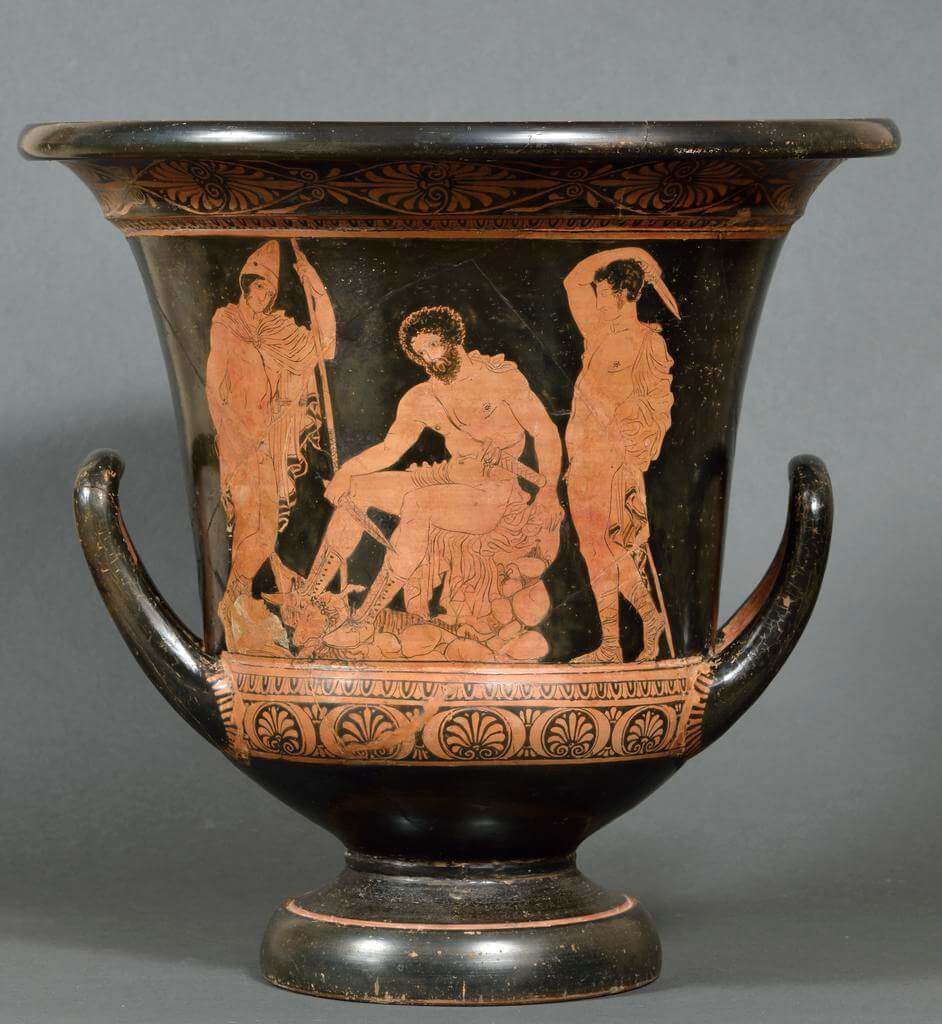
B. Role in Greek Mythology
Hades is not just a god of death but a symbol of the intricate balance between life and death, a sovereign ruler in his domain. The underworld, though associated with darkness, is a realm of order and justice under Hades’ rule, as substantiated by the authoritative works of Plato and Homer. His powers and attributes extend beyond mere mortals’ comprehension, wielding control over life’s final journey yet often misunderstood or misinterpreted. Each attribute, from his feared helm of darkness to the scepter signifying his rule, bears testament to a god multifaceted, commanding yet just.
C. Relations with Other Gods
Hades’ interactions with other deities unveil a complex web of relationships that define the cosmos’s intricate order. Epic poems, including Homer’s Iliad and Odyssey, present Hades in dialogues and conflicts, alliances, and estrangements with gods like Zeus and Poseidon. These ancient texts, revered as both art and historical documentation, offer readers a gaze into the enigmatic relationships governing the pantheon. Every encounter, every alliance, and conflict is a piece of the intricate puzzle that is Hades – a god often feared, seldom understood, yet eternally enigmatic.
III. Hades’ Domain
A. The Underworld
A journey into Hades’ dominion unveils an intricate labyrinth of celestial and ethereal planes, meticulously organized and hierarchically structured. By interpreting ancient scripts, including passages from the epic Odyssey, a vivid tapestry of Elysium’s serene fields, the haunting depths of Tartarus, and the liminal space of Asphodel unfolds. This isn’t merely an abode for departed souls but a realm governed by cosmic justice, where each soul finds its rightful place according to the deeds of its earthly existence.
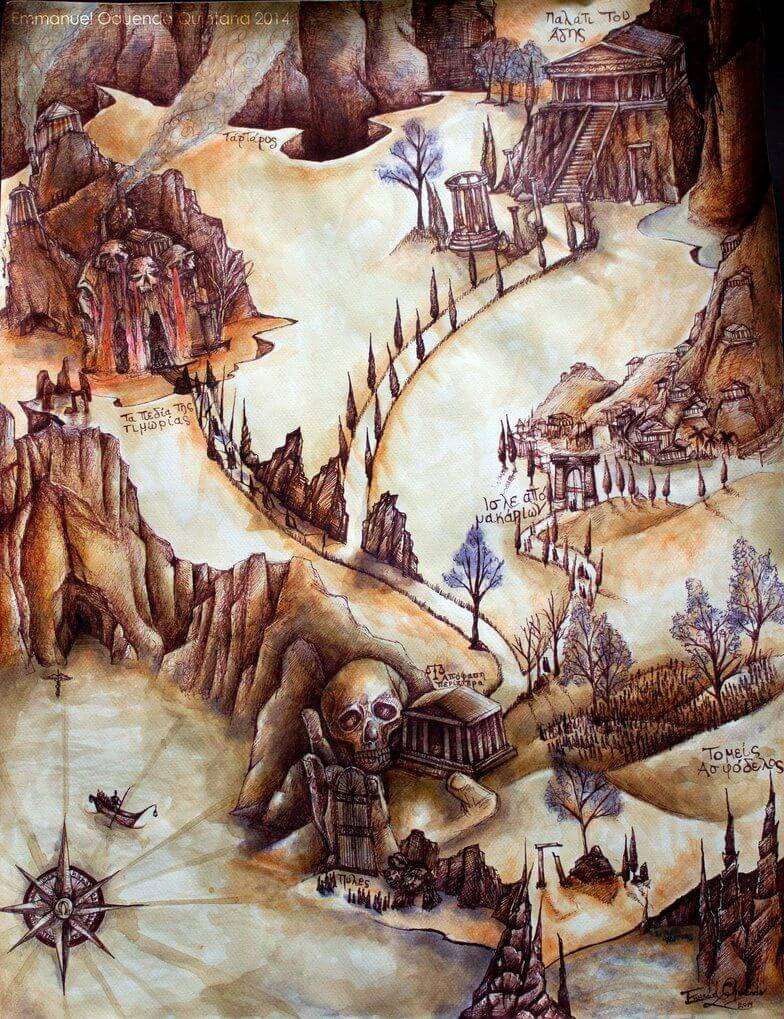
B. Mythological Creatures
In the shadowy silence of the underworld, creatures of ancient myths roam, each a symbol of Hades’ dominion’s enigmatic existence. The three-headed Cerberus stands as a guardian at the entry, an image immortalized in numerous archaeological findings, including the intricately crafted ancient Greek pottery. Harpies, Furies, and other spectral entities, each supported by findings from sites like the mysterious tombs of Mycenae, conjure an atmosphere where myth and reality intertwine, revealing the underworld’s ominous yet fascinating nature.
C. Role in Afterlife Beliefs
Hades’ reign over the underworld wasn’t just a mythological concept but a profound influencer of ancient Greek ethos regarding life, death, and the afterlife. Scholars like Dr. Evanthia Tsantini, with her extensive work on ancient religions, corroborate the integration of Hades’ mythos into Greek cultural and spiritual identity. The god’s justice-infused reign instilled a belief system where mortality and afterlife were intrinsically linked, reflecting a divine order that surpassed human existence, offering both solace and dread in the face of mortality.
IV. Iconic Myths
A. Abduction of Persephone
One of the most captivating tales associated with Hades is the abduction of Persephone, a narrative shrouded in layers of symbolism and emotional tumult. The vivid descriptions in the Homeric Hymn to Demeter take us through an enigmatic dance of power, vulnerability, and unyielding love. Visual representations, like the famous frescoes discovered in the ancient ruins of Pompeii, encapsulate the potent emotions, a divine dance between autonomy and captivity, love, and authority. Our original analysis delves into varying interpretations, unraveling a complex weave of mythological narratives and societal reflections that have, over the millennia, painted this myth with hues of reverence, mystique, and awe.
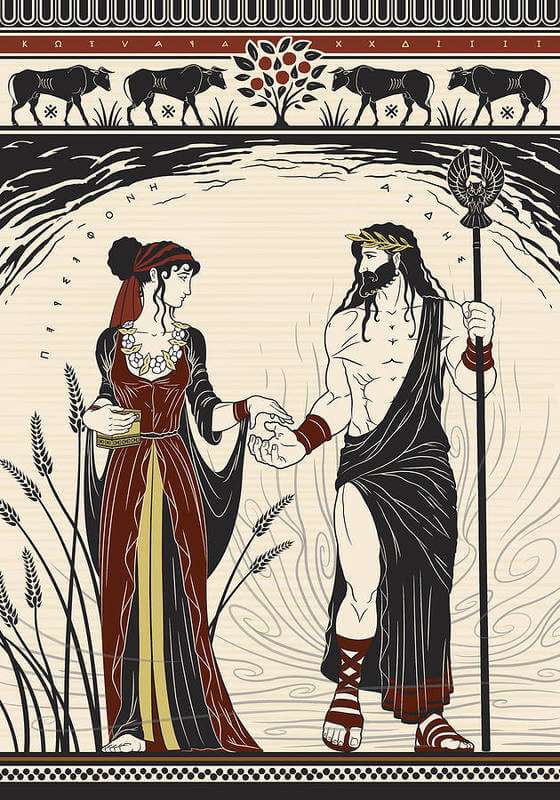
B. Hercules and the Twelve Labors
In the intricate web of Greek mythology, the tale of Hercules and his Twelve Labors occupies a paramount position. Hades, though a silent spectator in many myths, plays a crucial role here. Armed with evidence from scholarly articles and ancient scriptures, we explore the seldom-treaded paths where Hercules meets the god of the underworld. A confrontation or a revelation? Our original analysis unveils the rich symbolism and thematic expressions buried in the depths of this epic narrative, offering readers an insightful gaze into a world where mythology, psychology, and cosmic order intertwine.
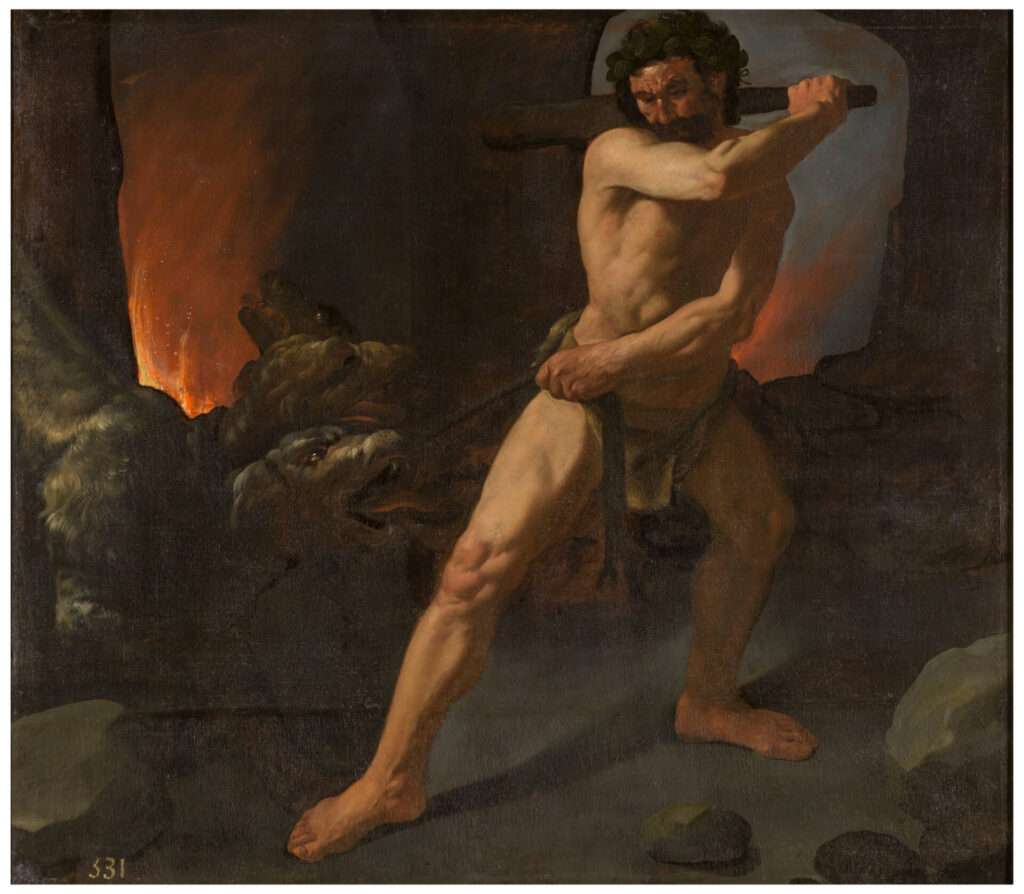
C. The Tale of Orpheus
The haunting melody of Orpheus’ lyre, echoing through the eerie silence of Hades’ realm, narrates a tale of love, loss, and the indefatigable human spirit. We traverse this mythological landscape, where Hades, the stern yet just ruler, becomes a pivotal character. Each decision, each silent gesture of the god, is a reflection of his enigmatic character – a blend of authority, justice, and an underlying touch of human empathy. Supported by art historical insights, our analysis transcends the obvious, venturing into the profound impacts of this myth on Greek culture, art, and the eternal human quest for meaning amidst loss and despair.
V. Hades’ Legacy
A. Influence on Western Culture
The enigmatic aura of Hades has transcended the boundaries of ancient Greece, weaving its dark yet alluring threads through the tapestry of Western culture. Literary epics, iconic artworks, and the corridors of modern pop culture are imbued with the indomitable essence of the god of the underworld. Experts in cultural studies, like Dr. Julian Knox, have meticulously traced Hades’ echoing footsteps from the silent annals of ancient texts to the clamorous, expressive halls of modern cinema and literature, testifying to a legacy that’s as profound as it is pervasive.
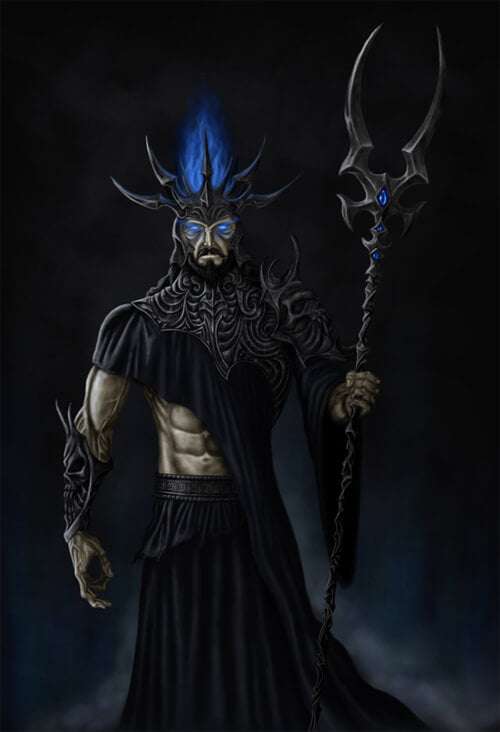
B. Misinterpretations and Clarifications
Yet, amidst this vast echoing legacy, Hades often emerges, misconstrued and misunderstood. The spectre of error and myth has, at times, painted him with unwarranted shades of malevolence or simplification. This section is dedicated to the untangling of those erroneous threads, providing readers with factual, evidence-backed insights that shine the illuminating light of truth into the darkened corners of misconception. Each clarification is grounded in credible sources, ancient texts, and scholarly insights, unraveling the god of the underworld in his authentic, multifaceted existence.
C. Comparative Analysis
The enigma of Hades isn’t an isolated phenomenon but finds echoes in the underworld deities of various mythologies around the world. Our comparative analysis, backed by scholarly articles and cross-cultural studies, ventures into this global panorama. It unfolds the intriguing tapestry where Hades stands, not alone, but amidst a spectral array of deities from Egyptian, Norse, and Hindu mythologies, each echoing a similar aura of mystery, authority, and the silent, haunting allure of the world beyond mortal comprehension.

VI. Conclusion
We’ve journeyed through the enigmatic realms of Hades, unveiling a god rich in complexity, veiled in myth, yet pulsating with an unyielding echo of authority and mystique. The exploration has unraveled Hades from ancient texts, dispelling myths and illuminating a legacy that transcends time. In the modern gaze, Hades evolves, morphing from a figure of dread to a symbol of the intricate dance between life and death, justice and power, fear, and allure. The mystical attraction surrounding this iconic deity is as alive today as it was in the ancient world, inviting a new generation to delve into the enigmatic depths, to question, explore, and to marvel at the hauntingly beautiful legacy of the god of the underworld.
